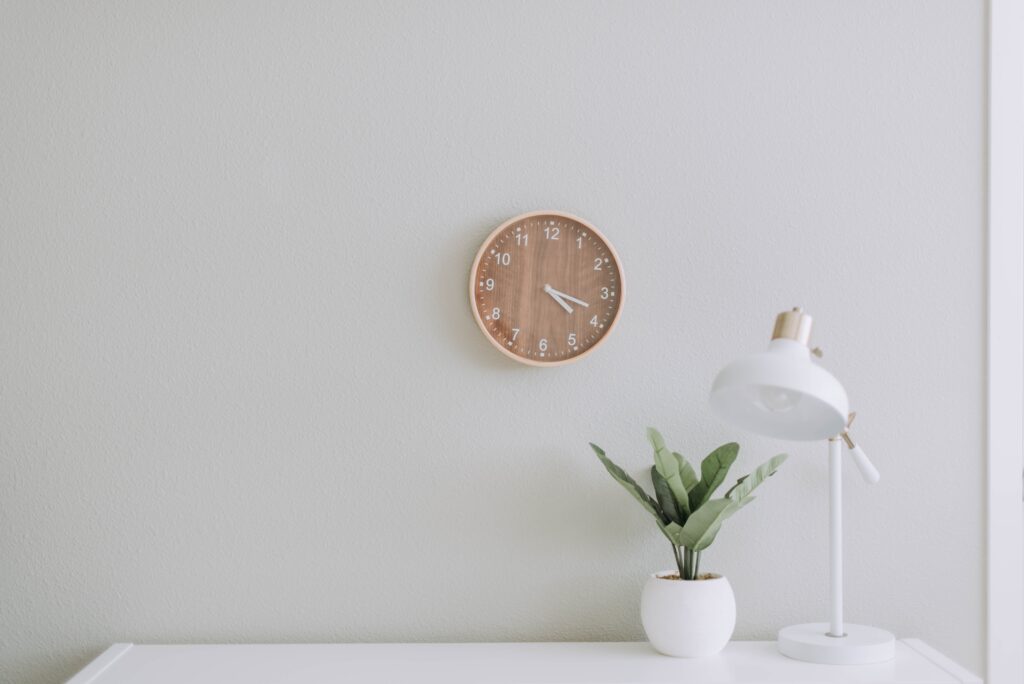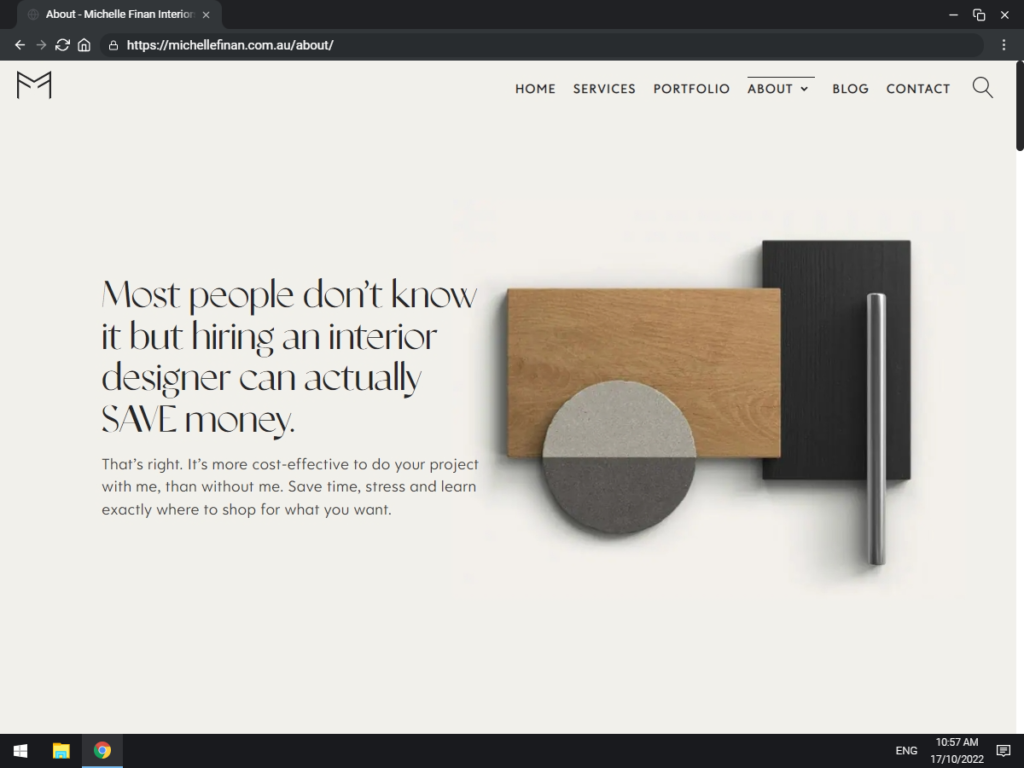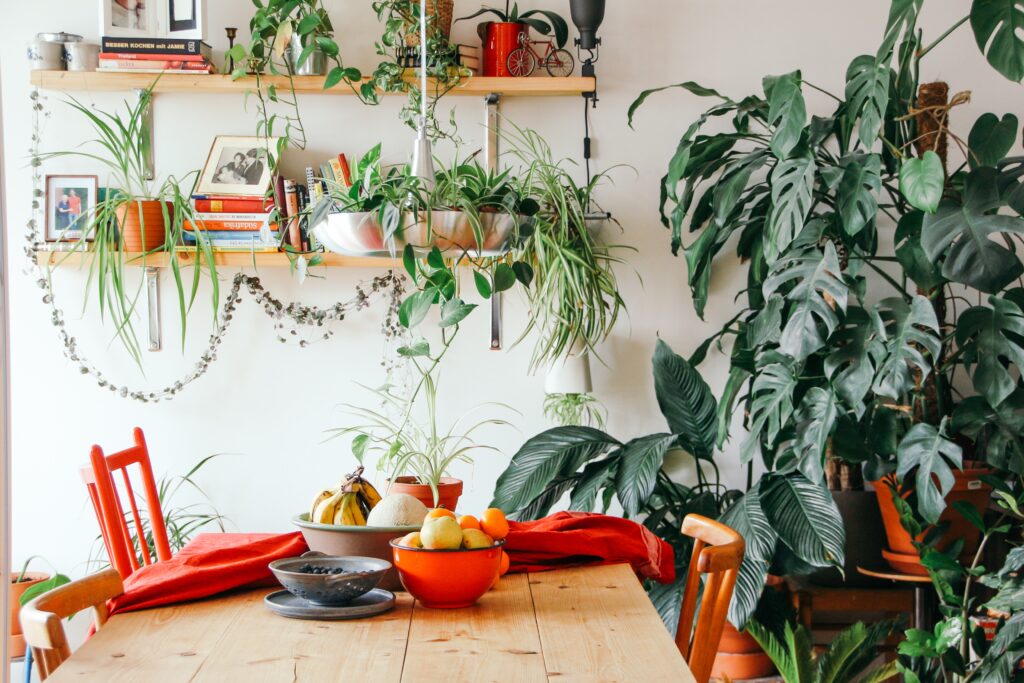Nice to meet you!
Word nerds, code bunnies, font addicts and vector wranglers... we're here to help your business shine online.
Have you ever marvelled at the quaint charm of a tiny house? These compact, efficient living spaces capture the essence of simplicity, personalisation, and smart design. Now, imagine if your website was a tiny house in the vast digital neighbourhood of the internet. Intriguing, right? In this series, we're going to explore the fascinating parallels between building a tiny house and developing a website. From laying the foundation to adding those unique personal touches, let's embark on a journey to construct the perfect digital dwelling for your potential customers.
Tiny houses are more than just small structures; they represent a philosophy of minimalism, functionality, and creativity. Similarly, an effective website prioritises clean design, user-friendly navigation, and content that resonates with its audience. Just as a tiny house must make the most of limited space, a website must deliver its message and functionality in a streamlined, accessible way to attract the right potential customers.
When you start building your digital tiny house, the first thing you need isn't the physical space, but rather where it will reside – this is akin to your web server. Just like choosing a plot of land for your tiny house, selecting the right space on a web server is vital. It's where your website will live and how it will be accessed by potential customers.
Now, let's talk about your domain name. Think of it as the business name you would register at a business registrar. It's the unique identifier that sets you apart in the digital neighbourhood. Just as your business name is separate from your physical address, your domain name is distinct from the actual hosting location of your website. For a business owner, choosing the right domain name is a critical decision that reflects your brand and aids in being found by search engines.
The design process of your website is akin to planning the architecture and interior of your tiny house. It's crucial to consider every aspect of the user journey, ensuring that the layout is intuitive and aligns with your business goals. Paying attention to elements like white space can make your website feel more open and inviting, much like the thoughtful use of space in a tiny house.
The choice of a colour scheme for your website impacts how your brand is perceived, just as the colours you choose for your house affect its ambience. It's not just about aesthetics; it's about creating an environment that resonates with your target audience.
A tiny house becomes a home when you infuse it with your personality, such as paint, artworks, and potted plants. The same goes for your website. Customising your site – be it through a unique colour palette, engaging multimedia content, or interactive features – makes it stand out. It’s your digital space to express your brand’s personality and connect with your audience.
Imagine walking into a minimalist home. Its essence is captured by clean lines, a monochromatic colour palette, and an abundance of negative space - which, in design terms, refers to the open, unoccupied spaces that give the eye a place to rest. This home is uncluttered, with only essential pieces of furniture, reflecting a focus on simplicity and functionality. The decorations are sparse but meaningful, perhaps a singular piece of modern art or a sleek, understated vase.

Translating this into a website, a minimalist design would feature a clean and crisp layout, a limited colour palette, and ample negative space to avoid overwhelming the visitor. The pieces of content, akin to books neatly arranged on a shelf, would be well-curated and purposeful. Each 'book' or content piece would be something the user is likely to pick up and engage with, given the uncluttered environment that invites focus and reflection. This type of website would likely attract visitors who appreciate clarity, value ease of navigation, and are drawn to a sleek, professional look.

Now, step into a colourful artistic home. It's a vibrant tapestry of colours, patterns, and eclectic decorations. Think colourful throw pillows, vintage furniture, and walls adorned with bohemian art. This style exudes warmth and personality, often incorporating a mix of textures and elements that tell a story. There's still enough white space to move around and not become overwhelmed, to move about the house and get things done however, we care about not getting in the way of a great user experience. Or knocking over our pot plants!

A website designed with a colourful warm aesthetic might use a rich, vibrant colour palette and feature unique, creative elements that capture attention. Such a website would attract visitors who are looking for something unique, and expressive. I like to think our website is a great example of this kind of work.
In both styles, the 'books' or pieces of content on your website's 'shelf' are crucial. They need to resonate with the overall design and appeal to the visitors you want to attract. Whether it's the clean, focused content of a minimalist site or the warm and eclectic site, it's all about creating a space where your users feel comfortable and engaged.
Every tiny house is built with the owner's needs in mind. Similarly, your website should be designed for your target audience. Before you start building, you need to know who you're building for. Your website has a job – connecting with your ideal client and deterring those who aren't a good fit. If you start without this understanding, you risk creating a site that doesn't resonate with the people you want to reach.
As we wrap up this introduction to our digital tiny house series, remember that building a website, much like constructing a tiny house, is a journey of creativity, precision, and personal expression. Understanding your audience and planning your site's structure are as crucial as choosing the right plot of land for your tiny house. In the upcoming posts, we'll delve deeper into each aspect of this process, providing you with the insights and tools to build your perfect digital presence.
In today's digital age, having a strong online presence is crucial for businesses. That's why it's essential to work with a web development company that not only understands the technical aspects of building a website but also has a strong focus on creative design.
We specialize in creating custom websites that are not only functional but also visually stunning. Our team of experienced designers understands the importance of a website that truly reflects your brand and engages your target audience. From eye-catching graphics to intuitive navigation, we'll work with you to create a website that is tailored to your unique needs and helps you stand out from the competition.
So if you're looking for a web development company in Hobart, Tasmania, that prioritises creative design, look no further than our team of experts.